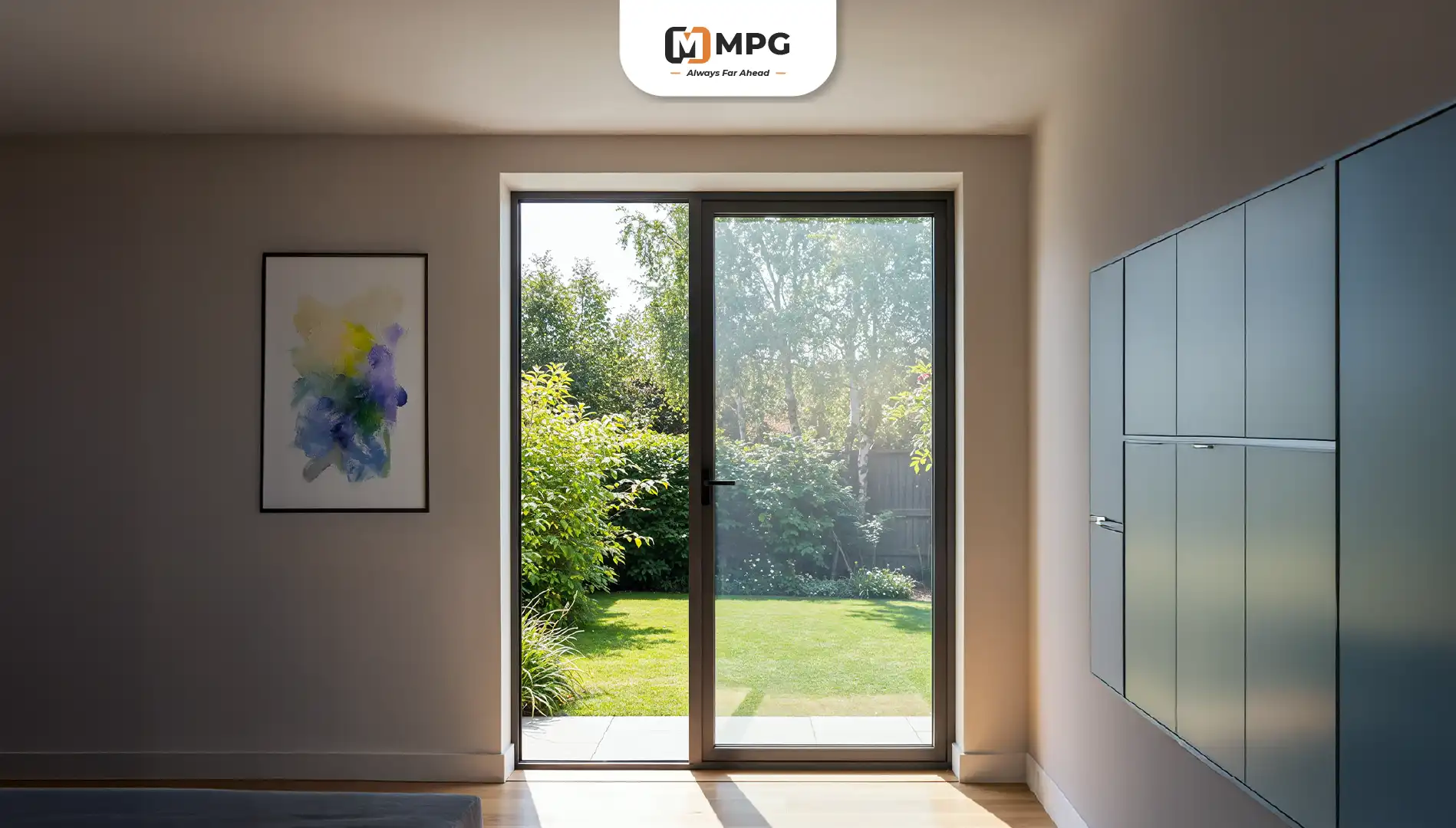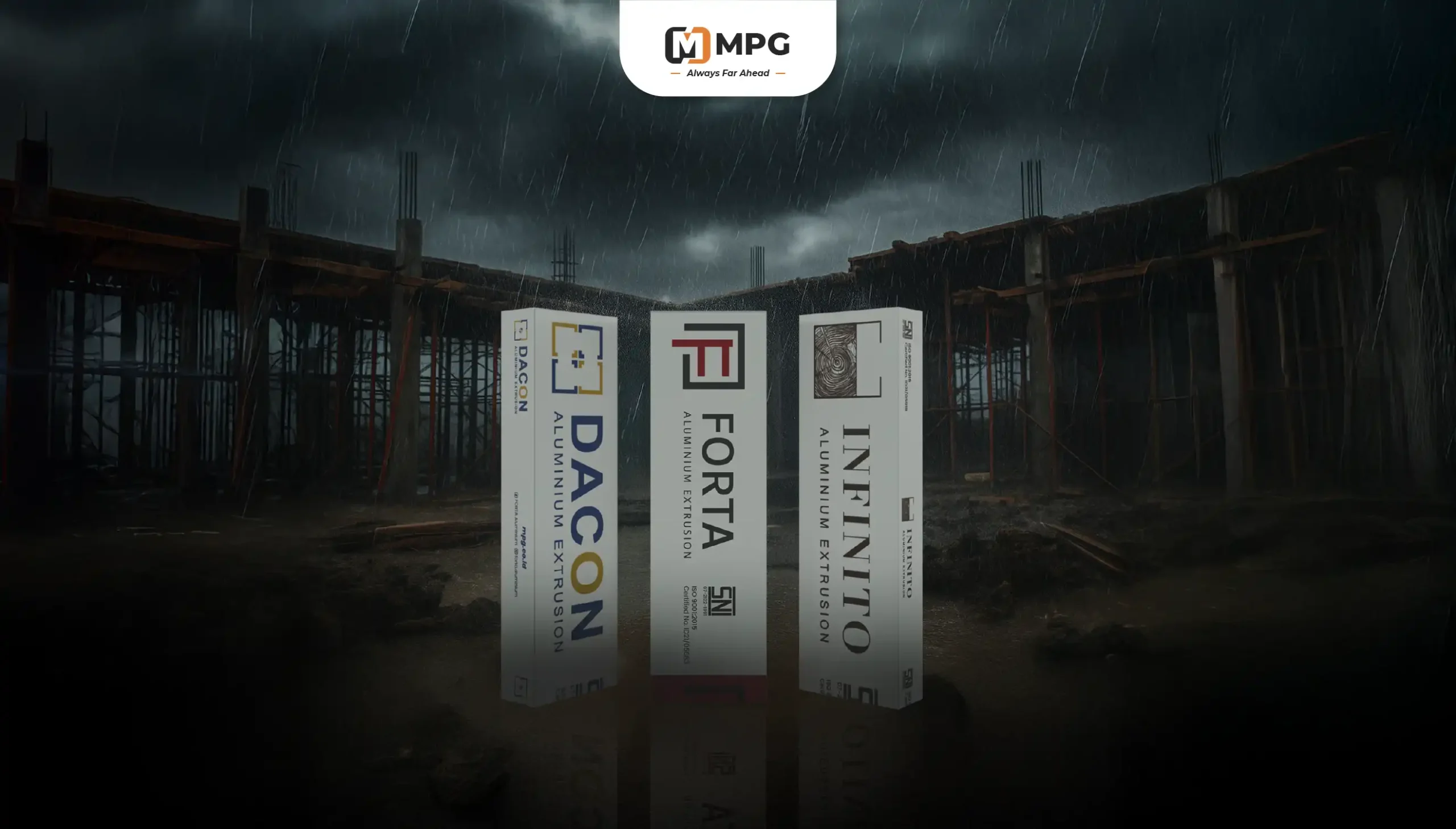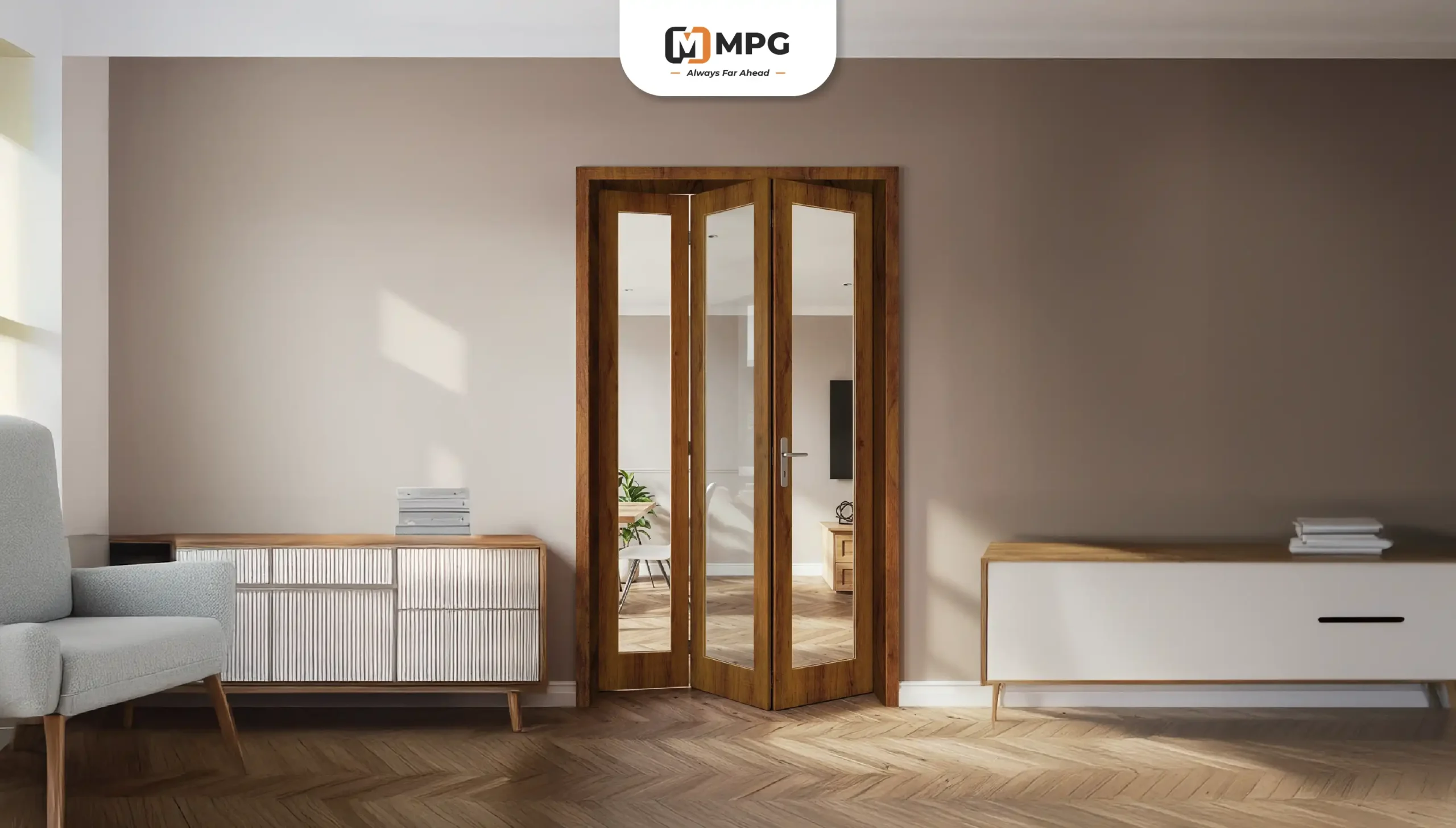Aluminium extrusion has become an essential industry supporting various other sectors, including construction, transportation, and energy. Aluminium’s strength, flexibility, and environmental benefits, due to its recyclability, make it the ideal choice for many industries. But do you know the history of the aluminium extrusion industry worldwide and its development in Indonesia? Let’s discuss the development of the aluminium extrusion industry over time.
1. Early History of Aluminium Extrusion in the World
The extrusion process was first patented by Joseph Bramah in 1797 in England, using a plunger to press metal through a die. However, aluminium extrusion began only after Charles Hall and Paul Héroult discovered aluminium refining methods in 1886. Before this, aluminium was an extremely expensive and rare material considered more valuable than gold.
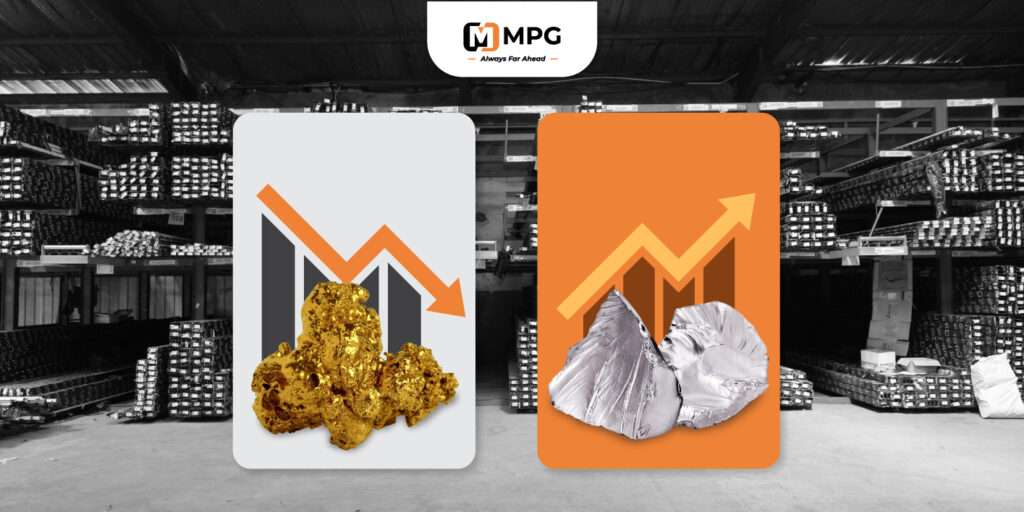
In the early 20th century, aluminium extrusion began to be used commercially, especially after more efficient production techniques made aluminium more affordable. At that time, aluminium was used in military and transport applications, including aircraft and ship components during World Wars I and II, because it is light and strong.
2. Expansion of the Aluminium Extrusion Industry
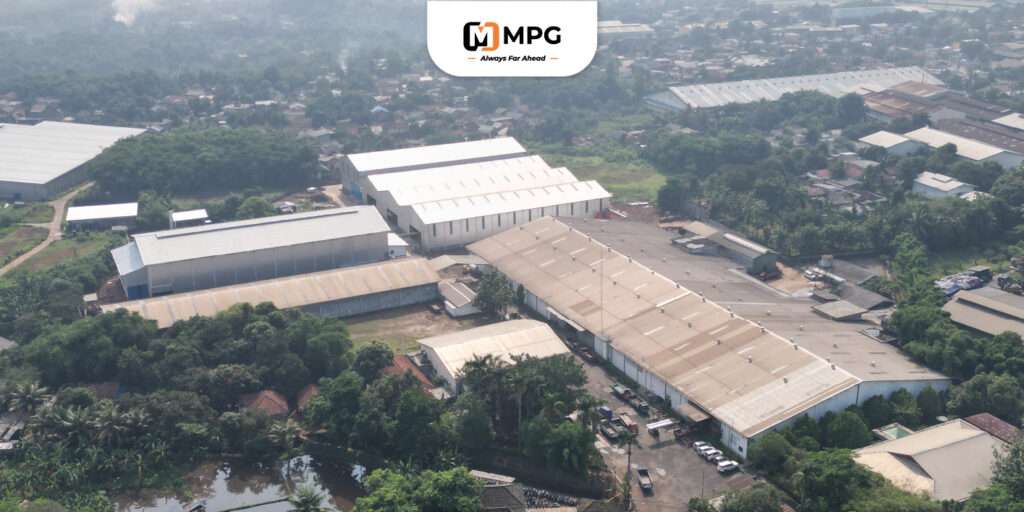
After World War II, aluminium became one of the main materials in various industries. The automotive industry began using it to reduce vehicle weight, increasing fuel efficiency. Meanwhile, in construction, aluminium extrusion was used to make windows, doors, and building structures. Using aluminium enabled the construction of durable yet lightweight buildings, supporting modern architecture.
In Europe and North America, aluminium became a favorite material for various consumer products, from household appliances to electrical wiring. Over time, extrusion technology advanced, creating more complex and precise shapes and profiles, as well as being more energy- and material-efficient.
With increasing environmental awareness, the aluminium industry switched to more sustainable technology in the 2000s. Renewable energy usage and aluminium recycling became top priorities. Today, over 75% of aluminum produced historically is still used through recycling, making aluminium environmentally friendly material.
3. Development of the Aluminium Extrusion Industry in Indonesia
In Indonesia, the aluminium extrusion industry began to grow rapidly in the late 20th century. Initially, aluminium was used mainly for lightweight construction purposes, such as windows and doors. As infrastructure developed and the demand for durable, strong, and energy-efficient building materials increased, the use of aluminium in the construction sector also grew. In the past decade, aluminium extrusion in Indonesia has expanded to wider sectors, including transportation and energy. The government encourages the use of local aluminium to support domestic industries, including major projects such as airports, skyscrapers, and mass transportation infrastructure.
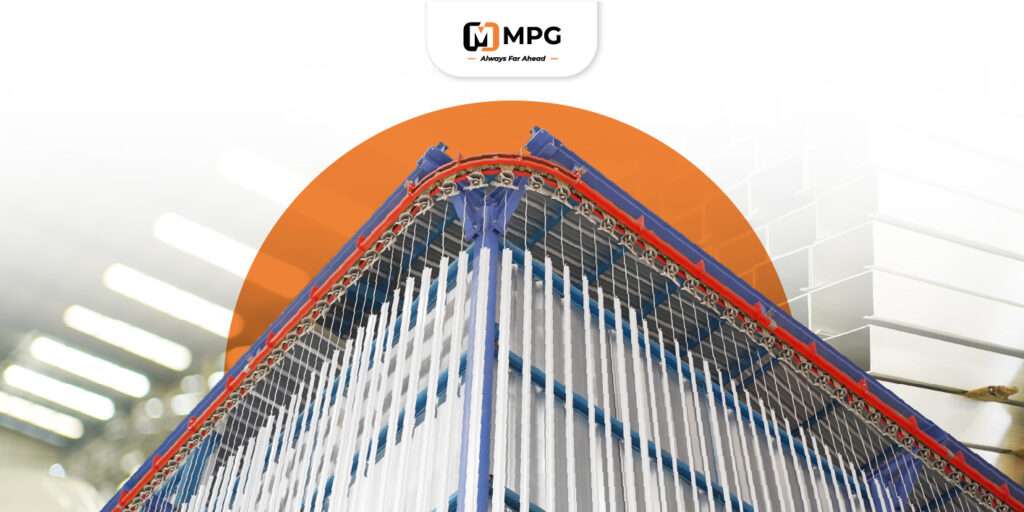
Current Uses in Indonesia:
- Construction: aluminium extrusion is used for building facades, windows, doors, and other lightweight structures.
- Transportation: Vehicle components such as trains, ships, and public vehicles use aluminium to increase energy efficiency.
- Renewable Energy: It is used in solar panel installations and sustainable energy infrastructure.
- Consumer Products: aluminium extrusion is also used in various household appliances and furniture.
Data: Domestic aluminium demand currently reaches 1.2 million tons per year (Source: Kontan.co.id).
4. Challenges and Future of the Aluminium Extrusion Industry in Indonesia
Although the market potential for aluminium extrusion in Indonesia is high, the industry faces challenges such as reliance on imported raw materials and fluctuations in global aluminium prices. Furthermore, efforts to create a more environmentally friendly industry require investment in technology and renewable energy.
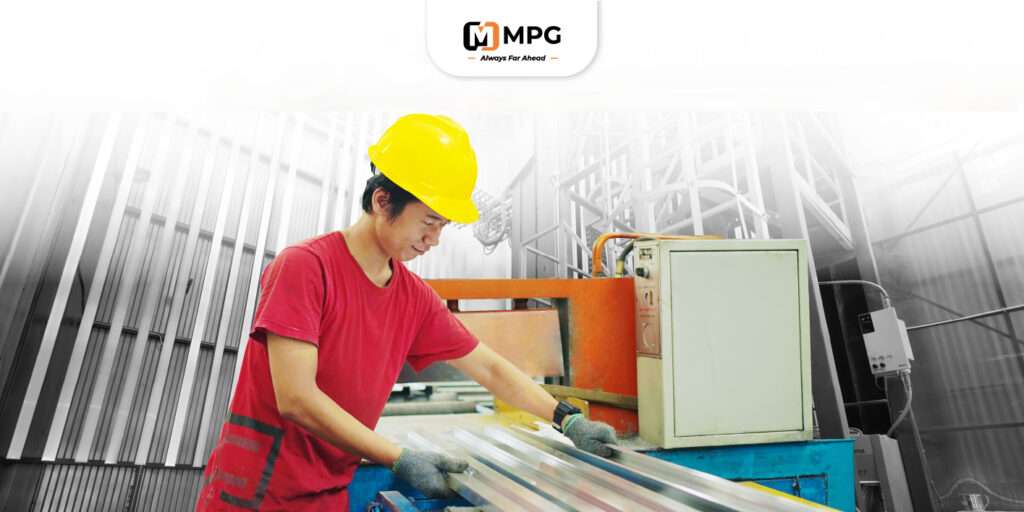
Future Potential:
- Green Infrastructure: With an increased focus on green buildings, aluminium extrusion is expected to play a key role as an eco-friendly material supporting sustainable construction projects.
- Independent Local Industry: With government support and investment in technology, Indonesia can develop an independent aluminium industry, reducing reliance on imported raw materials.
- Product Innovation: More precise, lightweight, and strong aluminium extrusion products will continue to be developed to support emerging sectors such as renewable energy and automation.
Data: Indonesia's Ministry of Industry notes that the aluminium extrusion industry has the potential to grow by 5-8% per year until 2030, with increasing demand from the construction and transportation sectors (Bisnis.com).
The journey of the aluminium extrusion industry shows its transformation from an expensive material to one of the essential materials for modern industry. In Indonesia, aluminium extrusion plays a major role in meeting the needs of construction, transportation, and energy, while addressing sustainability challenges. With policy support and innovation, the aluminium extrusion industry is expected to continue to grow and support sustainable development in Indonesia. MPG, as one of the largest aluminium extrusion companies in Indonesia with its commitment and innovation, will continue to support and drive the development of the aluminium extrusion industry in Indonesia.

